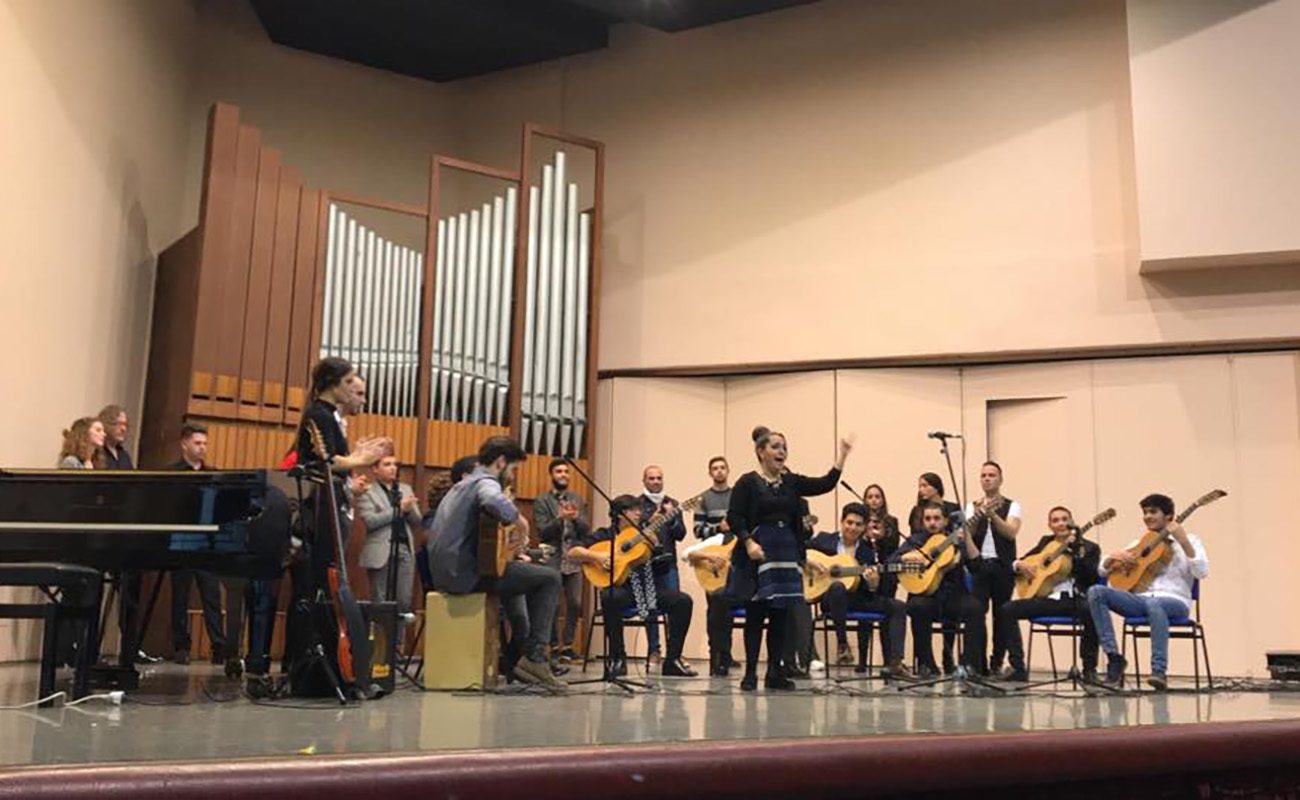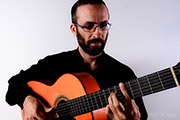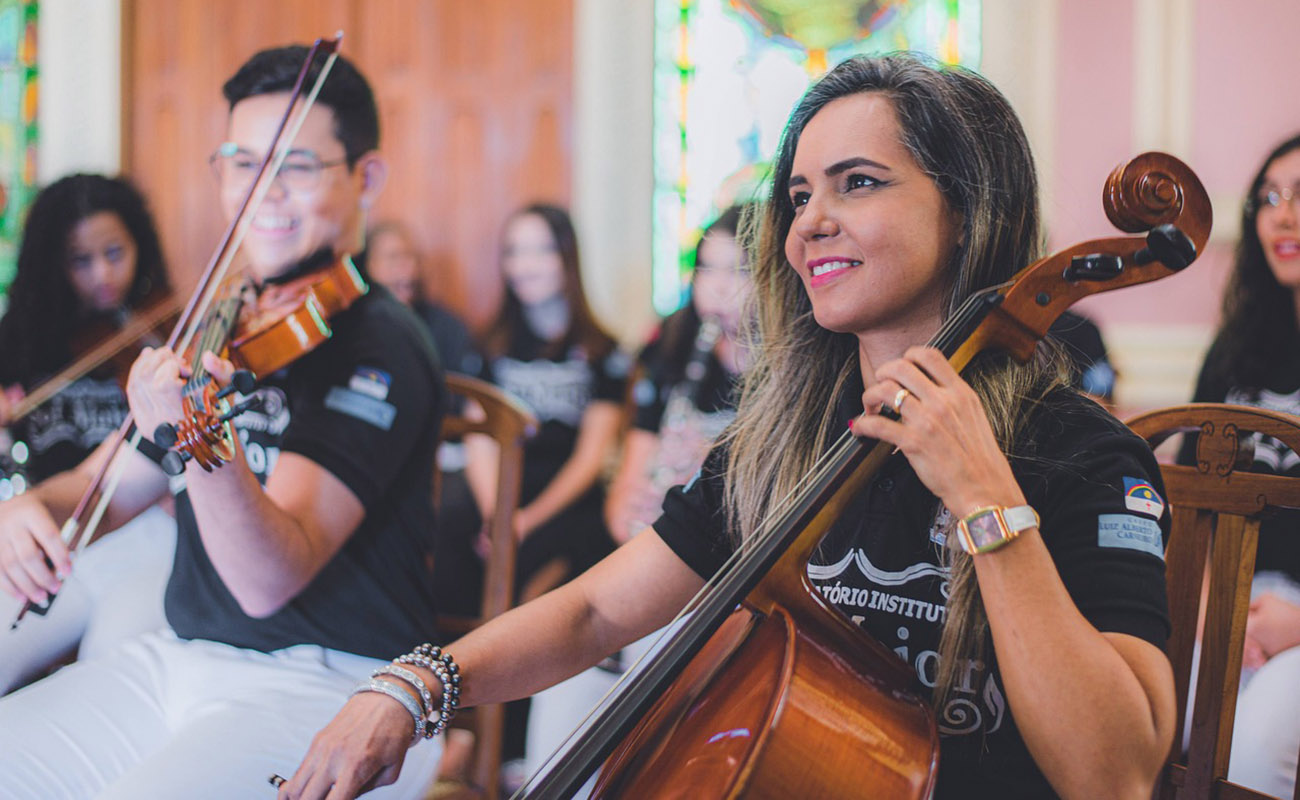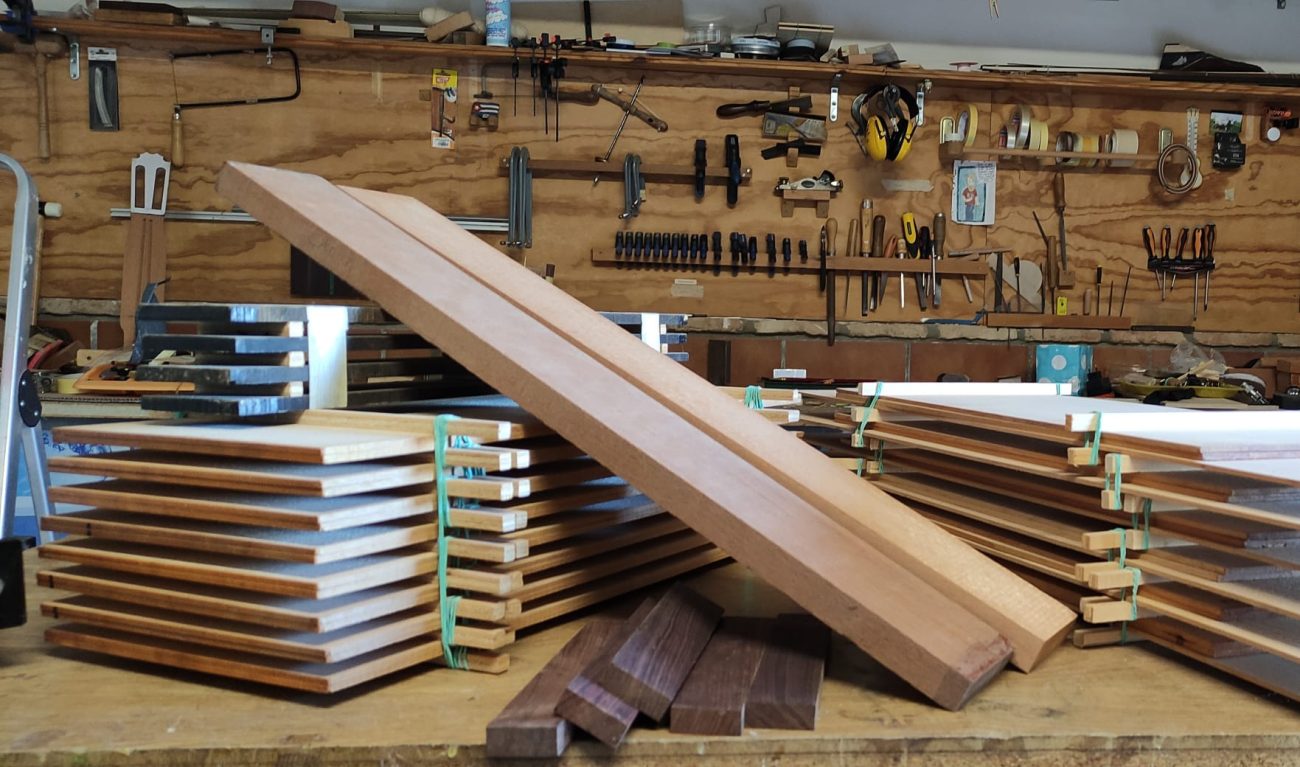From the entrails of the conservatory
When we think about conservatories, the first thing that comes to mind is probably a piano or a violin. Yet, nowadays cante, baile, flamenco guitar and flamencology are part of the curriculum in these institutions.

The implementation hasn’t been easy. Flamenco has had to deal with enemies from within and from without. On one hand, some members of conservatories have expressed serious reserves about bringing flamenco in, believing that the stereotypes associated with flamenco would damage the good harmony of these institutions. On the other hand, some flamenco aficionados have voiced their opposition to the possibility of this musical genre being taught in these centers, as if its essence would be lost in these institutions where flamenco had never been taught before. Not long ago, I read some comments in Facebook criticizing — as if it were a bad thing — that conservatories taught how to be a musician, not how to be a flamenco. The dictionary definition of musician is “a performer of music”, so aren’t cantaores, guitarists, percussionists, palmeros — and even bailaores —, musicians? Isn’t flamenco a musical genre? If not, what is it, then? Besides other political factors, opinions like these have prevented the teaching of flamenco in conservatories to be as widely implement as we would like.
If we verify the facts, we’ll realize that both arguments were wrong. There is a symbiosis between artistic quality and formal education. There are already flamenco professionals with conservatory degrees who have been awarded prizes in prestigious flamenco contests such as those of La Unión and Córdoba. Some of them have also released albums and achieved great success in international flamenco festivals. Is that due to a conservatory education? In some measure, the acquired knowledge has been useful in the life of these artists. Now, flamenco musicians who have been trained in conservatories can talk to any other musicians on equal terms, which allows them more opportunities in a wider range of musical projects of various musical genres, such as classical music.
«Any foreigner visiting our land will find puzzling that flamenco is only taught in just four conservatories in all Andalusia»
How is it taught?
How is flamenco taught in a conservatory? I’ll focus on flamenco guitar and in the subjects related to it (cante and flamencology). In these institutions, oral tradition coexists with sheet music. Teaching by oral tradition takes places in flamenco academies, peñas and other non-formal teaching centers, where teaching focuses on imitation. The master performs and the student copies the positions. On the other hand, teaching is also done using sheet music, as it’s done with all musical instruments, unveiling the works of the great masters: Ramón Montoya, Niño Ricardo, Sabicas or Paco de Lucía.
Another aspect that is taught is the accompaniment of cante and baile, an essential skill of any professional flamenco guitar player. Cantaores also have subjects related to accompaniment.
Who teaches?
In these centers we find qualified professionals who every day undertake a commendable task in behalf of quality teaching, so that flamenco is at the same level as all other courses. Several convocations have already taken place to recruit teachers of baile and flamenco guitar, a difficult process that anyone aspiring to teach in a conservatory must tackle sooner or later. The process is the same as for any teaching position in any of the country’s academic institutions. Currently, it’s necessary to have a graduate degree or equivalent certificate to qualify for teaching in any subject. To obtain a graduate degree, 14 years of studies (and related expenses) are required. Going through an official teaching process ensures fairness, merit and competence to teach. For chair positions, a research master is also required.
Advantages of studying in a conservatory
On one hand, students will earn a degree, allowing them to teach without the uncertainties of the artistic market. Having a degree enables working in a conservatory or in any government position that requires a graduate degree.
Lately, there have been attempts to award flamenco degrees that are supposedly official. I must say that it’s important to seek good advice before starting (and paying) for non-official courses that won’t qualify for work in a conservatory.
On the other hand, the education acquired in a conservatory allows working as a professional musical performer, playing with other musicians using their own language or teaching them the language of flamenco, making orchestral arrangements, editing music sheet books, researching, and speaking on equal terms with musicians of other genres.
The most important “con” is the need for effort and vocation: effort in investing time and money, and vocation to study and pass a multitude of subjects. Those who don’t posses these elements will likely abandon their course when the first difficulty arises. Students must also study theoretical subjects which may not be related to flamenco, and this is often a hurdle that may not be easy to overcome.
The future
We hope that, in the near future, the study of cante and flamenco guitar will become widespread, at least in the professional musical conservatories of Andalusia. An example that is rather embarrassing is the Paco de Lucía Conservatory, in Algeciras, which doesn’t include flamenco guitar in its curriculum. Any foreigner visiting our land will find puzzling that flamenco is only taught in just four conservatories in all Andalusia.
Without a doubt, there are things that can be improved regarding the course programs, the education system, the financial aids… Yet, we believe we’re on track to improve day after day subjects that have only been taught in classrooms for just a few years.
I would like to take the opportunity to encourage anyone who would like to know what is done in conservatories relating to flamenco to come and talk to the teachers, setting aside the prejudices that still exist in the small world of flamenco.
Photo: Conservatorio Rafael Orozco Facebook page

Rafael Hoces




